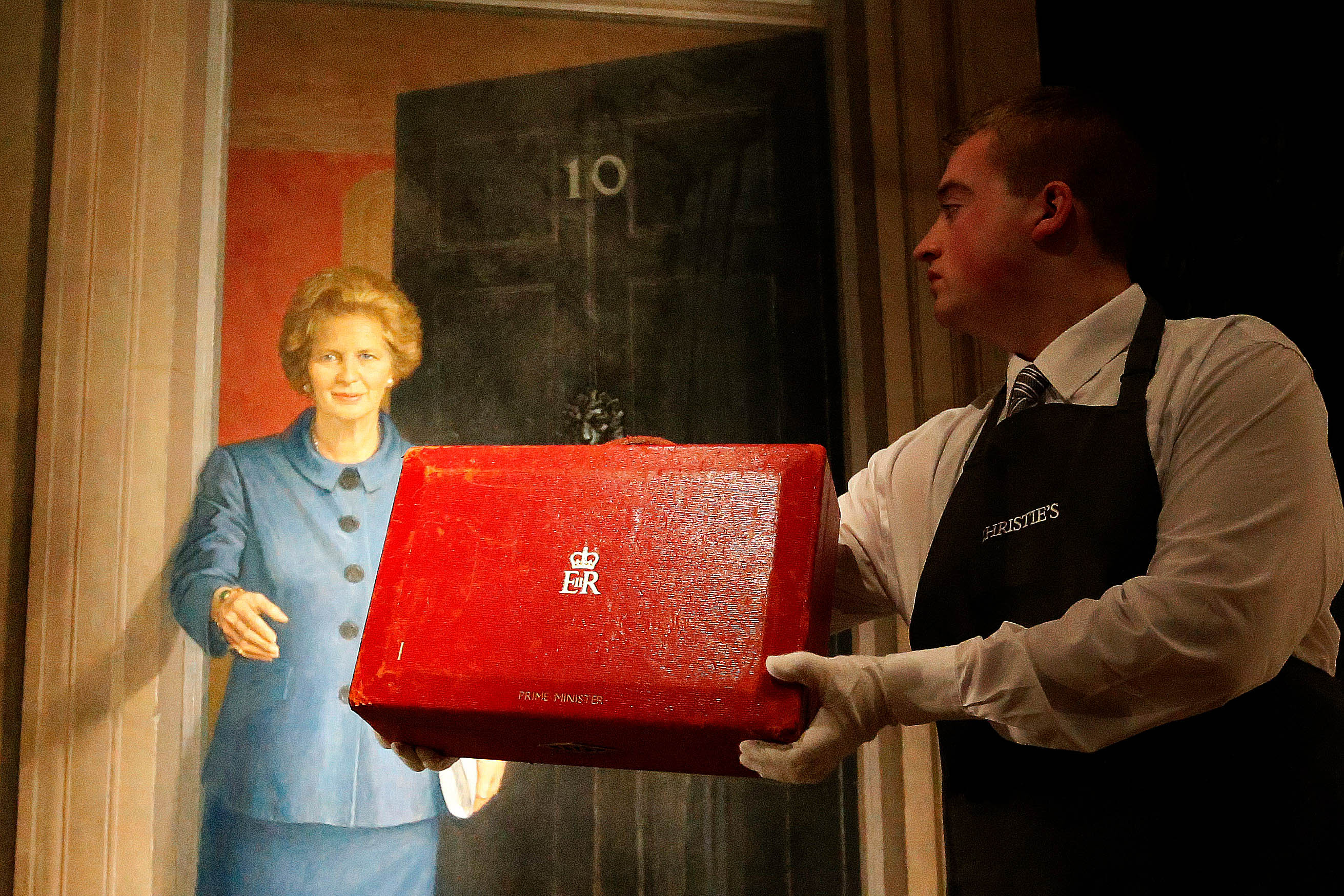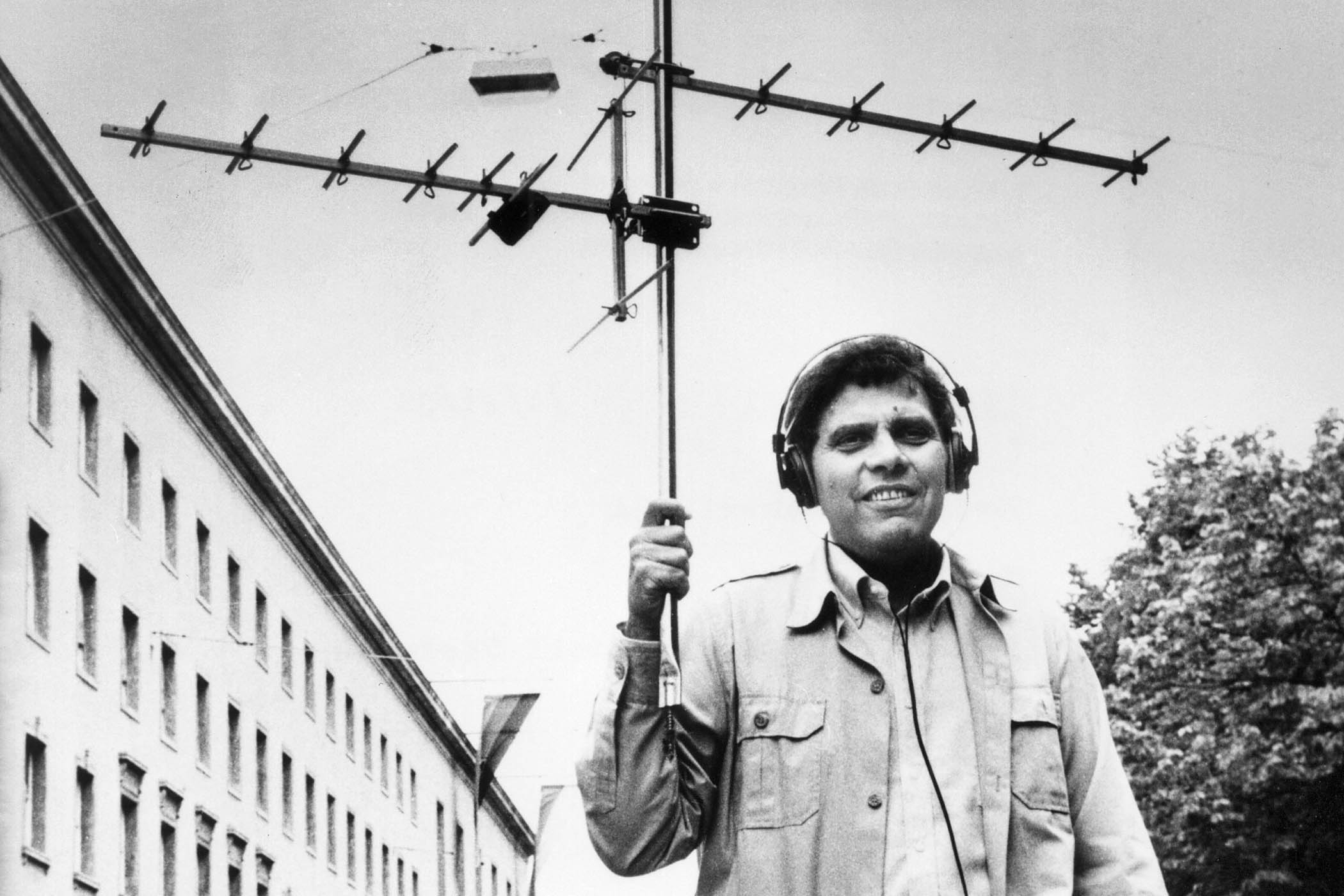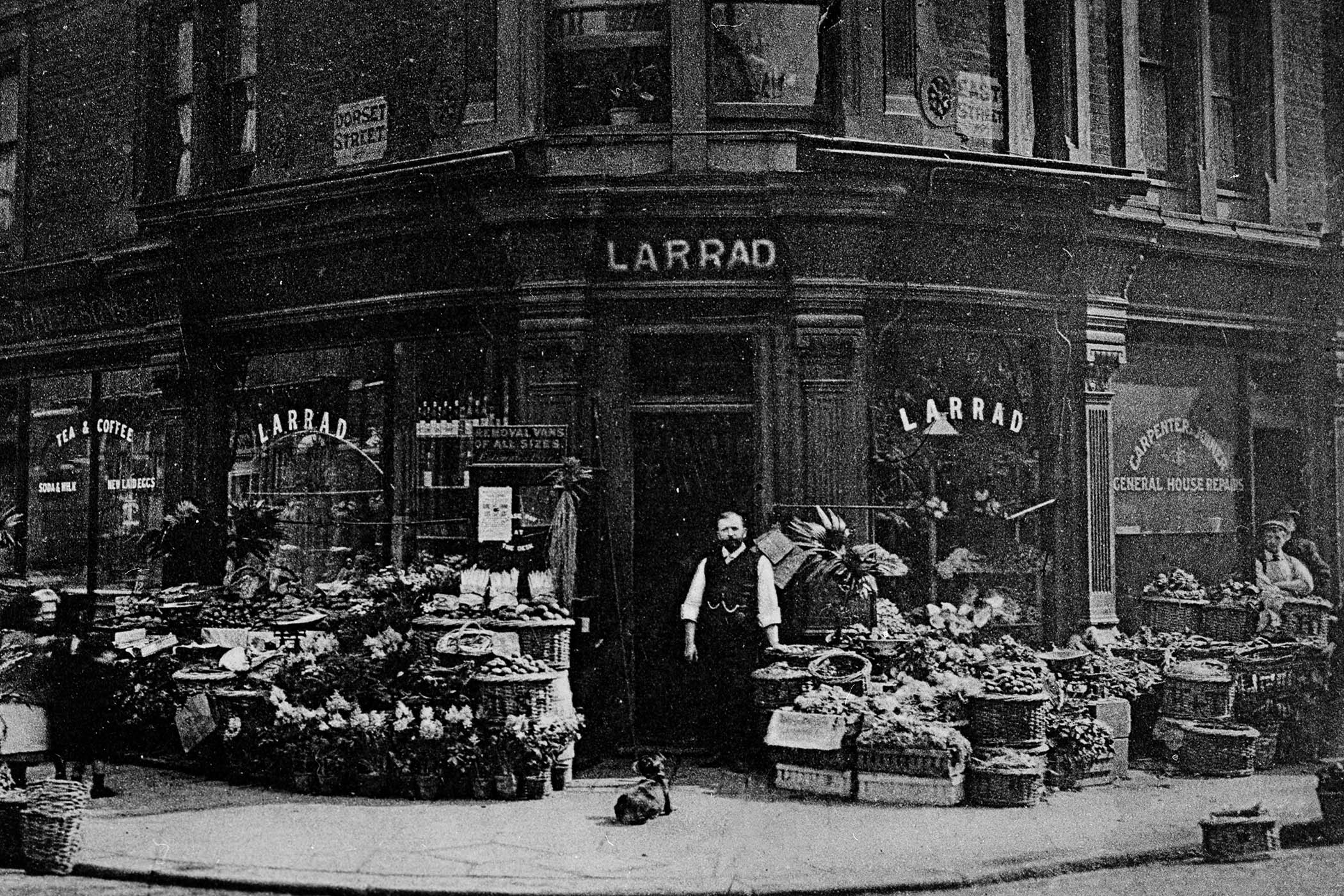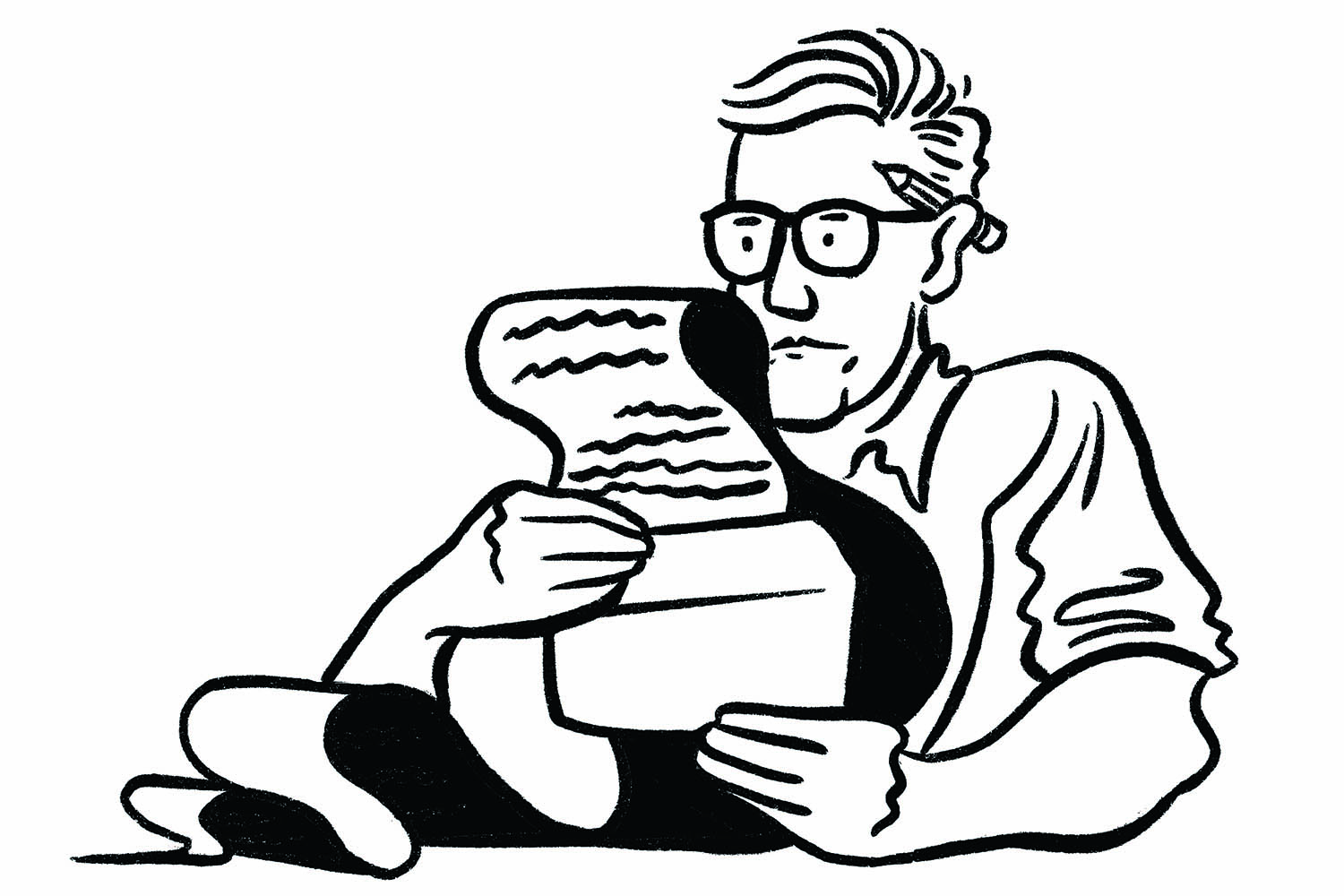
An auction of the Iron Lady’s personal effects gives us insight into her private life – but also, perhaps, ourselves
My love of auctions is adorable, expensive and pathological. Growing up, my parents bought furniture and paintings and glasses very cheaply at our local auction house – when I moved back to the area with my partner and started to populate my own flat, of course I did the same. Having shopped exclusively secondhand since my mid-teens due to taste, cash and the limits of thrill-seeking, finding eBay made flesh (in at the auction house at the end of my road) was a revelation. The flat filled up quickly. I bought things, then had to buy things to put other things on, and this continued merrily, bickeringly, for some years.
Every Monday I would squeeze through the narrow aisles, made precarious by leaning pieces of dark wood cabinets or boxes of tiles, and carefully assess what useless piece of shit I needed that week. I’d pick it up on the Thursday at its starting price, proudly, as if accepting a prize. When the auction house closed down to become a solicitors, after swiftly readjusting my personality, pleasures, dreams, I sent a forgotten password request to thesaleroom.com and took my hobby online. Which is how I found myself, last week, scrolling through an auction of the personal property of the late Baroness Margaret Thatcher.
The most interesting auctions, I always think, are the house clearances following a recent eccentric’s death. One day the auction room was filled entirely with elephants. Elephant cutlery, elephant bookends, a rug featuring an… elephant. While my first thought was: “OK, here was a person who really loved elephants,” what I fear (being somebody who has received their share of ceramic shoe ornaments from people who knew I liked “fashion”) is that they may, in fact, have been a person who once bought a little elephant knick-knack on holiday and perhaps a book? And after that was inundated every birthday and Christmas with “things with trunks” by loved ones who frantically assumed a passion and therefore inadvertently created a collection. Perhaps they died at 90, underneath their elephant bedspread, feeling never entirely known.
Another time, after one community pervert died, the auction was filled with variations on erotic art. There were 80s mannequins dressed in red lingerie, boxes of specialist pornography, vivid paintings (large) and one memorable sculpture of a woman squeezing her breasts through a wet dress, in bronze. You get a very clear picture of a stranger from the stuff they leave behind.
Thatcher had some truly horrible paintings. Lots of horses, and one slightly racy ‘harem scene’ from 1890
Related articles:
Thatcher had some truly horrible paintings. I’m looking now at a huge Flemish oil of two seal pups. “Surrounded by seashells and vulnerable without their mother, one pup sleeps while the other cries out into the breeze.” There are lots of paintings of horses, too, and one slightly racy “harem scene” from 1890, as well as (since we’re here anyway) a nude reclining in some sort of ecstasy, and a first edition Playboy. An insight, maybe, into Thatcher’s male gaze. Also for sale is her entire wardrobe of Armani dresses, a load of furs and a Bengal tiger-skin rug, but the largest category is the jewellery – gold charms, expensive watches, art deco pearls, a “smoky quartz model of a bulldog with cabochon emerald eyes. Realistically carved, and a pleasing colour”. Scrolling through the catalogue you can hear her bracelets clanking.
My friend Alice recently finished clearing out her late parents’ flat, a long and emotional process, made trickier by the fact that charity shops maintained a “one bag only” donation policy, and of course, by the fact she’d loved them very much. Her advice to us afterwards was, rather than spending too much time focusing on your parents’ treasured heirlooms, keep something banal and seemingly meaningless of theirs, like an old shopping list, and a small object you put by the door or the stairs to touch regularly as you pass, a sort of devotional statue in the form of a well-worn rock. Yesterday, her elderly neighbour confessed how stressed she’d become trying to sort out her possessions before it was too late, and Alice urged her to try and enjoy her life rather than fixate on cleaning up before her death. Besides, what she thinks is valuable might not be what her loved ones want. Stuff has a life of its own, and what happens next, she said, is, pleasingly, none of your business.
When Joan Didion’s possessions were auctioned off, the estimate for her sunglasses (Celine Faux Tortoiseshells) was set at $400 to $800, but the final price paid was $27,000 – a premium paid to see the way Didion did, and darkly. A few years ago, soon after David Bowie’s death, I walked through the sale of his design and art collection at Sotheby’s. The hammer prices far exceeded their estimations, with some lots reaching double their value, and many selling for 10 to 10 or 15 times more. Which made sense – for a Bowie fan there is added value in a sofa he slept on, isn’t there, or the sideboard where he kept his coke. Similarly, I imagine, one of Thatcher’s necklaces will make more than its estimated £100 because a red-trousered man in Kent likes the fact it sat on her bosom, or £200 for a mirror that saw her naked. It’s funny – years after her death we are all still living with the effects of Thatcher’s taste and choices, but even so, it feels horribly intimate to drift through her actual effects. Worse still, upon lingering over an unusual silver ring, to find yourself considering a bid.
And another thing… A pop art exhibit, a noirish novel and east London as ornaments
Slice of (still) lifeThe first thing we put in my daughter’s bedroom was not a cot but a Wayne Thiebaud picture, all the pastel, gloopy cakes, and it remains there 10 years later among the Taylor Swift posters, slightly peeling. This week we’re taking her to see his pop art paintings (consumerism, capitalism, cake!) up close, in his first solo exhibition in Britain, at the Courtauld Institute in London. And maybe then for tea.
Silver screenOlivia Laing’s The Lonely City remains one of my favourite books of all time, and I am always just a beat away from thinking about the ideas on freedom explored in Everybody. Their new novel, The Silver Book, is about the making of two films - Fellini’s Casanova and Salò, Pier Paolo Pasolini’s fable of fascism, and is set in the months leading up to Pasolini’s murder in 1975. It’s out on 6 November.
Hackney hangersInstagram account The Real Housewives of Clapton, which uses such symbols as the Lime bike, Acne scarf and ‘small plates’ to place and meme-ify a generation of east-London ‘creatives’, is now available to hang on your Christmas tree. Studio THIE have designed Perelló olive, Torres (inspired) crisps and Chin Chin (inspired) wine ornaments – next year I hope for a mini chore jacket.
Photograph by Getty Images







